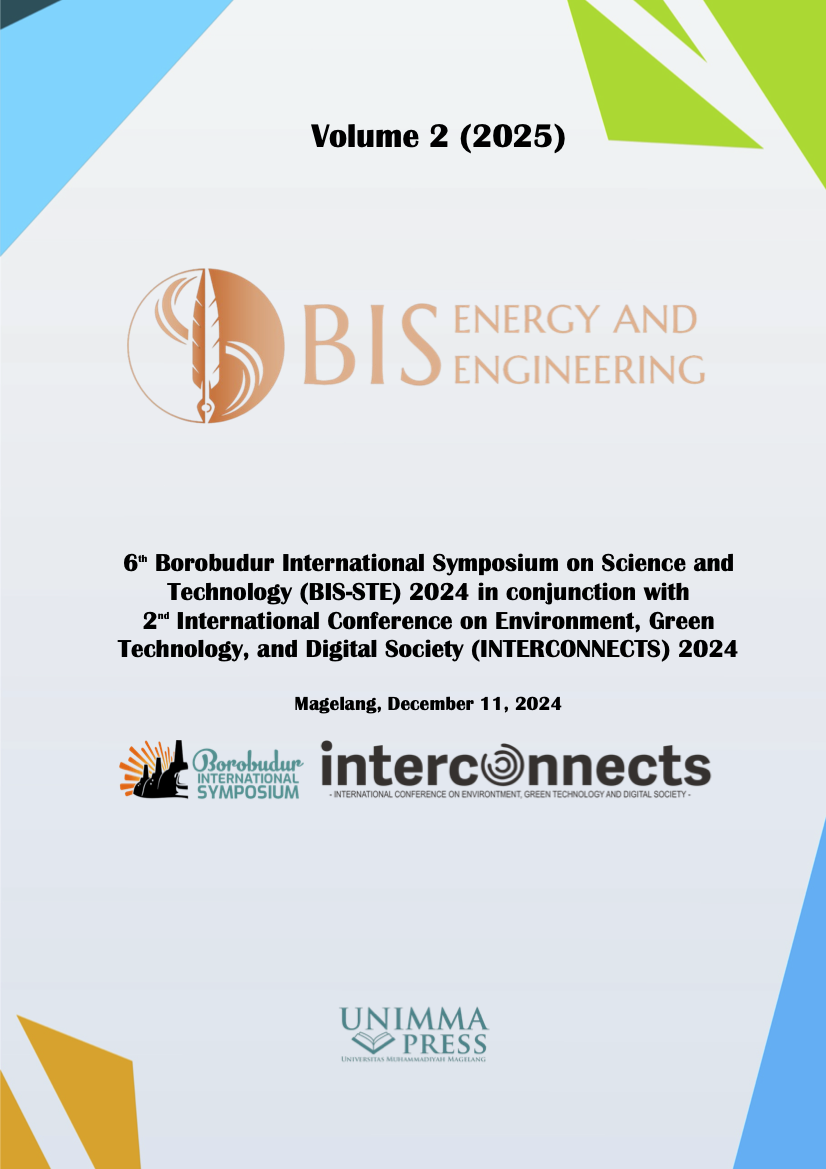Optimizing bus rapid transit performance through route analysis: Evidence from Trans Metro Deli Medan
Keywords:
Public transportation, Bus rapid transit, Trans metro deli Medan, Operational performanceAbstract
Public transportation systems play a vital role in urban mobility, with Bus Rapid Transit (BRT) emerging as a cost-effective solution for medium-sized cities. This study aims to evaluate the operational performance of Trans Metro Deli BRT system in Medan, Indonesia, and propose optimization strategies for underperforming routes. The research employed a comprehensive data collection approach, combining on-board dynamic surveys and static terminal observations. Performance metrics were analyzed using standardized indicators from the Directorate General of Land Transportation guidelines, while Geographic Information System (GIS) analysis and mathematical demand modeling were utilized for route optimization assessment. The study revealed that while Corridors 1-4 maintained satisfactory performance metrics, Corridor 5 significantly underperformed with load factors of 48% during peak hours and 15% during off-peak hours. Route optimization analysis incorporating major educational institutions showed potential daily ridership of 26,190 passengers for Corridor 5, requiring 19 vehicles for optimal service. These findings demonstrate the importance of route alignment with major activity centers and provide transit planners with evidence-based recommendations for BRT system optimization in developing cities.
References
[1] M. Adeel, B. Wang, J. Ke, and I. M. Mvitu, “The Nonlinear Dynamics of CO2 Emissions in Pakistan: A Comprehensive Analysis of Transportation, Electricity Consumption, and Foreign Direct Investment,” Sustainability (Switzerland), vol. 17, no. 1, 2025, doi: 10.3390/su17010189.
[2] P. Iamtrakul and S. Chayphong, “Challenges of Sustainable Mobility: Context of Car Dependency, Suburban Areas in Thailand,” Geographica Pannonica, vol. 27, no. 2, 2023, doi: 10.5937/gp27-42183.
[3] C. Cui, “Vehicle-induced fatigue damage prognosis of orthotropic steel decks of cable-stayed bridges,” Eng Struct, vol. 212, 2020, doi: 10.1016/j.engstruct.2020.110509.
[4] M. Abbasi and M. Hadji Hosseinlou, “Assessing feasibility of overnight-charging electric bus in a real-world BRT system in the context of a developing country,” Scientia Iranica, vol. 29, no. 6, 2022, doi: 10.24200/SCI.2022.58461.5735.
[5] N. Hoang-Tung, H. Kato, T. The Huy, P. Le Binh, and L. Duy, “Impacts of the introduction of bus rapid transit on travel behaviors of commuters in Hanoi, Vietnam: A quasi-experimental approach,” Case Stud Transp Policy, vol. 9, no. 1, pp. 95–102, Mar. 2021, doi: 10.1016/J.CSTP.2020.10.002.
[6] E. Vergel-Tovar and J. D. Landis, “Bus Rapid Transit - the affordable transit megaproject alternative,” Chapters, pp. 236–274, 2022, Accessed: Jan. 23, 2025. [Online]. Available: https://ideas.repec.org/h/elg/eechap/21439_7.html
[7] C. E. Vergel-Tovar, “Understanding barriers and opportunities for promoting transit-oriented development with bus rapid transit in Bogotá and Quito,” Land use policy, vol. 132, p. 106791, Sep. 2023, doi: 10.1016/J.LANDUSEPOL.2023.106791.
[8] B. Acton, H. T. K. Le, and H. J. Miller, “Impacts of bus rapid transit (BRT) on residential property values: A comparative analysis of 11 US BRT systems,” J Transp Geogr, vol. 100, p. 103324, Apr. 2022, doi: 10.1016/J.JTRANGEO.2022.103324.
[9] S. Joseph and O. O. Olugbara, “Detecting salient image objects using color histogram clustering for region granularity,” J Imaging, vol. 7, no. 9, 2021, doi: 10.3390/jimaging7090187.
[10] C. E. Vergel-Tovar and D. A. Rodriguez, “Bus rapid transit impacts on land uses and development over time in Bogotá and Quito,” J Transp Land Use, vol. 15, no. 1, pp. 425–462, Aug. 2022, doi: 10.5198/JTLU.2022.1888.
[11] Y. Zheng, H. Kong, G. Petzhold, M. M. Barcelos, C. P. Zegras, and J. Zhao, “User satisfaction and service quality improvement priority of bus rapid transit in Belo Horizonte, Brazil,” Case Stud Transp Policy, vol. 9, no. 4, pp. 1900–1911, Dec. 2021, doi: 10.1016/J.CSTP.2021.10.011.
[12] R. Matubatuba and C. F. De Meyer-Heydenrych, “Developing an intention to use amongst non-users of the Bus Rapid Transit (BRT) System: An emerging market perspective,” Research in Transportation Business & Management, vol. 45, p. 100858, Dec. 2022, doi: 10.1016/j.rtbm.2022.100858.
[13] R. Cervero and D. Dai, “BRT TOD: Leveraging transit oriented development with bus rapid transit investments,” Transp Policy (Oxf), vol. 36, pp. 127–138, Nov. 2014, doi: 10.1016/J.TRANPOL.2014.08.001.
[14] S. M. Anas, “Performance Prediction of Axially Loaded Square Reinforced Concrete Column with Additional Transverse Reinforcements in the Form of (1) Master Ties, (2) Diamond Ties, and (3) Open Ties under Close-in Blast,” Lecture Notes in Civil Engineering, vol. 294, pp. 157–178, 2023, doi: 10.1007/978-981-19-6297-4_12.
Downloads
Published
Conference Proceedings Volume
Section
License

This work is licensed under a Creative Commons Attribution-NonCommercial 4.0 International License.

